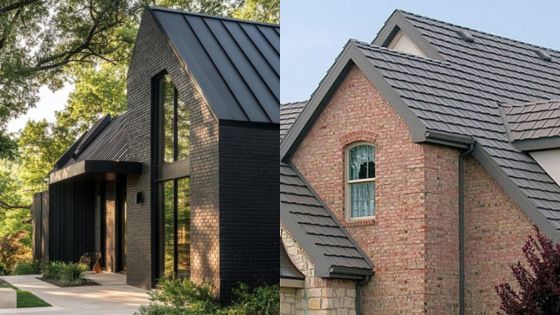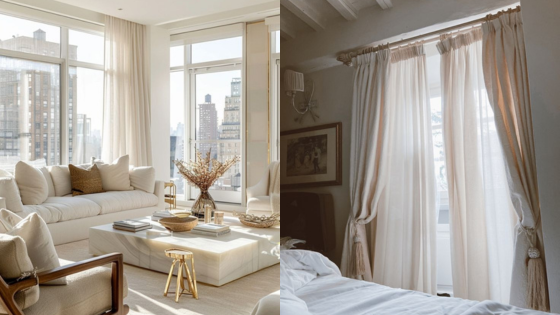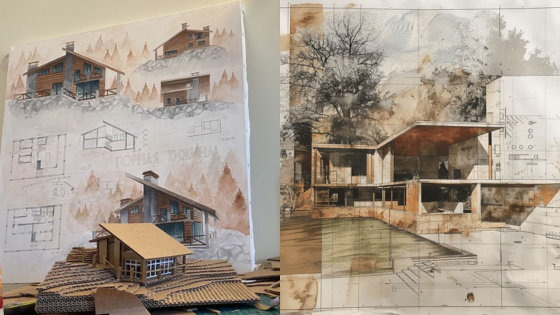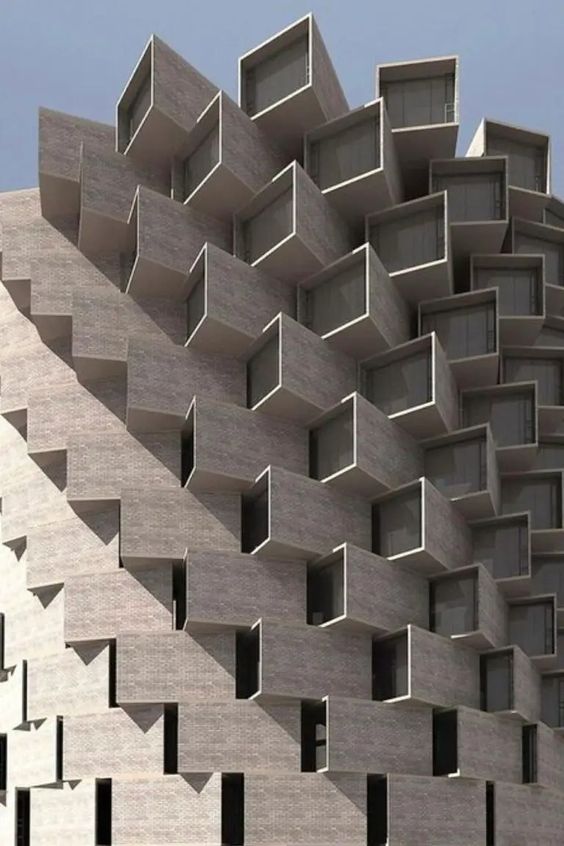
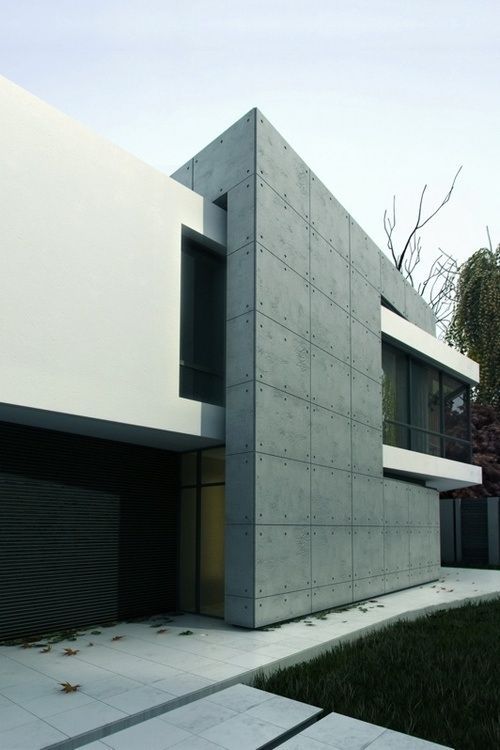
Brutal architecture, often polarizing yet undeniably impactful, embraces raw materials and stark forms to create structures that provoke thought and discussion. This architectural style emerged in the mid-20th century, reflecting social ideals and challenging convention through its distinctive use of concrete and functional design. Despite its critics, brutalism has resurfaced in contemporary culture, indicating a renewed appreciation for its bold aesthetic and philosophical underpinnings.
Examining the characteristics and motivations behind brutalism reveals a movement that sought to democratize architecture, making public spaces accessible and honest. The legacy of notable architects such as Le Corbusier and Louis Kahn plays a crucial role in this narrative, as their works continue to inspire a new generation of designers. Understanding these influences enriches one’s perspective on current architectural trends and cultural dialogues.
Brutalism remains relevant in today’s architectural conversations, often symbolizing a rejection of the superficial in favor of authenticity. As cities evolve, the challenges and admiration for these structures will likely persist, driving further exploration into how design reflects societal values.
Key Takeaways
- Brutal architecture is characterized by its use of raw materials and functional forms.
- Notable architects have shaped the brutalist movement, influencing modern design.
- The style’s resurgence in contemporary culture highlights its ongoing relevance and impact.
Origins of Brutalism
Brutalism emerged as a significant architectural movement in the mid-20th century, deeply rooted in the context of post-war recovery and modernist principles. Its distinctive style reflects social aspirations and innovative construction techniques.
Post-War Era and Modernism
The brutality of architecture arose from the socio-economic conditions following World War II. As cities needed rebuilding, architects sought to address the urgent housing crisis and a desire for egalitarian living spaces.
New construction methods allowed for the use of raw concrete, a hallmark of this style known as béton brut. This material not only provided economic advantages but also served as a visual representation of strength and honesty in design. The movement contrasted with the decorative tendencies of earlier architectures, focusing on functionality and minimalism.
Le Corbusier and the Unité d’Habitation

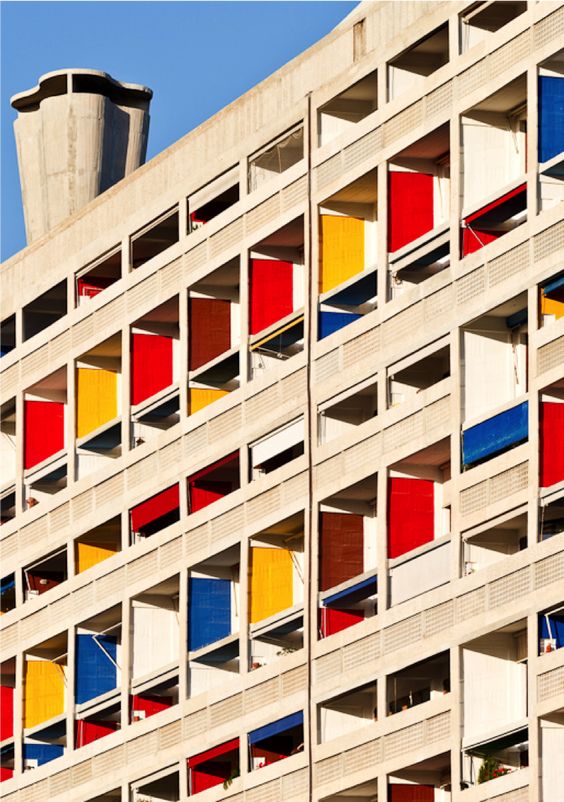
Le Corbusier was instrumental in shaping the foundations of Brutalism, especially through his design of the Unité d’Habitation in Marseille, completed in 1952. This residential housing project exemplified his vision for modern living.
Its horizontal design and modular approach aimed to foster community among residents, emphasizing social functionality. Le Corbusier’s use of rough concrete and open spaces inspired many architects who followed, marking a departure from traditional aesthetics. His principles combined utility with a bold expression of materials that resonated with the ethos of Brutalism.
Alison and Peter Smithson and the New Brutalism
Alison and Peter Smithson were key figures in the establishment of the “New Brutalism” during the late 1950s. They aimed to create architecture that reflected contemporary life and societal needs. Their work emphasized the importance of materials and their interactions within an environment.
Through projects like the Robin Hood Gardens in London, they sought to blend public and private spaces. Their approach underscored the belief that architecture could enhance community life. The Smithsons’ influence helped cement the ideas surrounding raw materials and functionalism that defined the Brutalist movement’s identity.
Architectural Characteristics
Brutal architecture is marked by distinctive features shaped by its materiality and functional intent. Key characteristics include the use of raw concrete and an emphasis on mass and scale, while prioritizing functionality over decorative elements.
Raw Concrete and Béton Brut
Raw concrete, known as béton brut, is a defining element of brutal architecture. This material captures the roughness of construction, showcasing the texture of its surface. Instead of concealing imperfections, architects often highlight them to create visual interest.
The aesthetic of raw concrete supports the philosophy of honesty in design. It reflects the structural elements of buildings, demonstrating a commitment to integrity in materials. The choice of béton brut enhances the visual weight of structures, making them feel monumental and impactful in their surroundings.
Emphasis on Mass and Scale
Brutal architecture often features large, imposing structures that emphasize mass and scale. These buildings are designed to evoke a sense of strength and permanence. The use of thick walls and expansive volumes generates a powerful visual statement.
Architects carefully consider the proportions of their designs to create an imposing presence. The significant mass can influence the surrounding environment, making the buildings landmarks within urban spaces. This emphasis also ensures that the structures withstand the test of time, both physically and aesthetically.
Functionality Over Decoration
A hallmark of brutal architecture is its focus on functionality rather than ornamental details. The designs prioritize practical uses of space, resulting in layouts that serve the needs of inhabitants effectively. Every element has a purpose, which often leads to a minimalist appearance.
This approach encourages simplicity in form, stripping away unnecessary embellishments. Brutalist buildings often embrace the functional aspects of materials, allowing the raw concrete and sheer forms to speak for themselves. The outcome is architecture that prioritizes utility while creating an unmistakable identity.
Notable Examples and Architects
Brutalist architecture features distinct forms and materials, often emphasizing functionality over aesthetics. Several architects and their projects have significantly impacted this movement, shaping its legacy in urban design and social housing.
Ernő Goldfinger and his Contributions
Ernő Goldfinger was a prominent figure in the brutalist movement, known for his bold, unapologetic designs. His work included residential and institutional buildings that highlighted concrete’s raw, unfinished look.
Goldfinger’s approach aimed to provide functional housing while simultaneously making a striking visual statement. Noteworthy projects include the Barbican Estate, which incorporates residential units alongside cultural spaces.
He believed in using architecture as a tool for social change, advocating for the integration of housing within urban environments. His philosophy emphasized that buildings must cater to societal needs while also being architecturally significant.
Robin Hood Gardens and Social Housing
Robin Hood Gardens, designed by Alison and Peter Smithson, exemplifies the principles of brutalist architecture applied to social housing. Completed in 1972, the project aimed to create a communal living environment in East London.
The design featured bold concrete forms arranged to foster community interaction, with green spaces interspersed throughout. Despite its innovative approach, Robin Hood Gardens faced criticism regarding maintenance and livability.
The project has been the subject of numerous debates on the effectiveness of brutalist designs in meeting social needs. Its historical significance highlights the challenges faced in balancing aesthetics, functionality, and social impact in urban housing developments.
Boston City Hall and Institutional Buildings
Boston City Hall stands as a key example of brutalist architecture in the United States. Designed by Kenzō Tange and his team, the building was completed in 1968 and features a distinctive façade characterized by exposed concrete and angular forms.
The design aimed to reflect transparency and accessibility in government, though it has sparked mixed opinions from the public. Its monumental scale and bold lines embody the brutalist ethos, emphasizing raw materials and structural honesty.
In addition to City Hall, other notable institutional buildings influenced by this style, like the Royal National Theatre, also showcase the enduring appeal of brutalism in modern civic architecture. These structures provoke thought about the relationship between form, function, and community engagement in urban settings.
Materials and Techniques
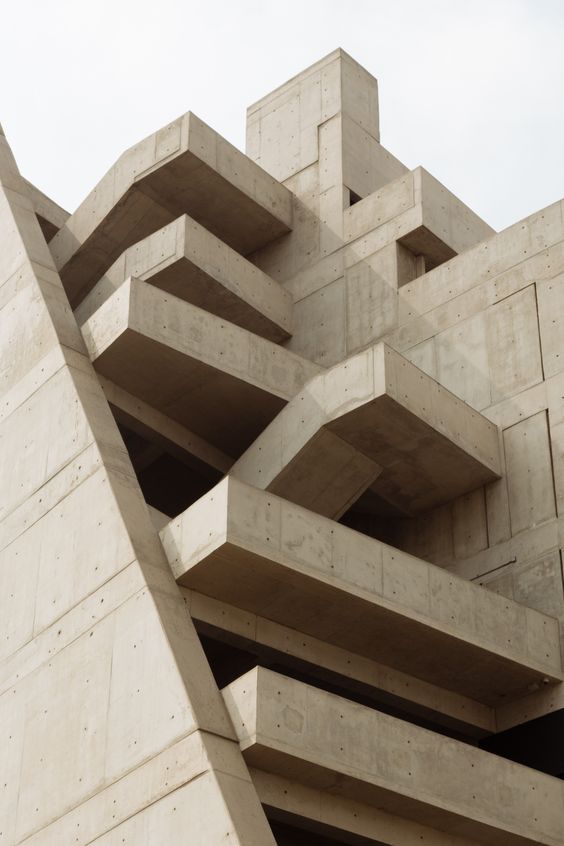
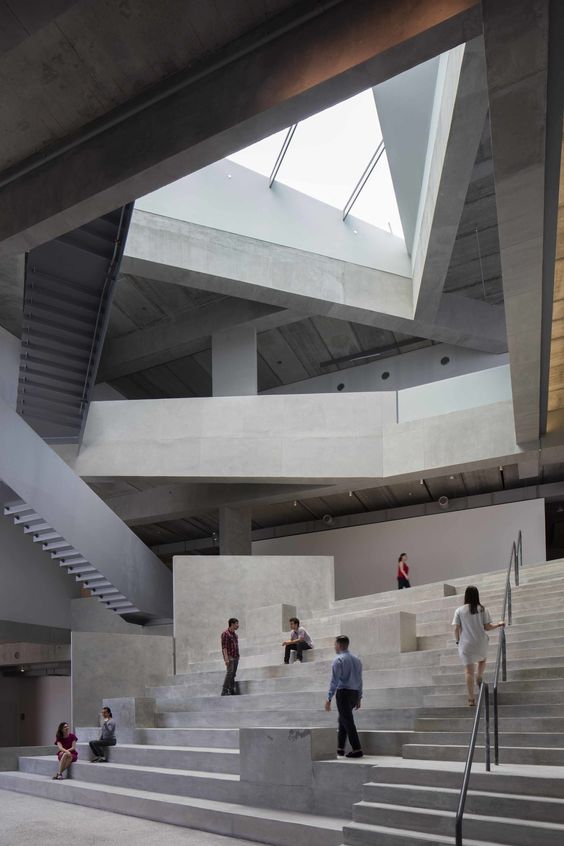
Brutal architecture relies heavily on a limited palette of materials that emphasize rawness and functionality. Key elements such as concrete, brick, and wood are used to create structures with a distinct aesthetic that celebrates their inherent qualities.
The Role of Concrete, Brick, and Wood
Concrete is a defining material in brutal architecture, often utilized in its raw form. Known as beton brut, this unfinished concrete showcases an unpolished, rugged look that aligns with the style’s ethos. It provides a sense of solidity and permanence.
Brick also plays an important role, contributing to both structural integrity and visual contrast. Its earthy tones can soften the starkness of concrete, adding warmth to an otherwise cold aesthetic.
Wood sometimes appears in brutalist designs, though less frequently. When used, it often features rough textures and exposed grains, highlighting nature’s imperfections while providing a tactile experience amidst harder materials.
Exposed Surface and Unfinished Quality
The aesthetic of brutal architecture emphasizes unfinished surfaces that reveal the nature of the materials used. This approach allows for a dialogue between the building and its environment, making it more relatable.
Exposed concrete walls, for example, demonstrate the casting process, leaving behind impressions and textures that tell a story of creation. Bare concrete is not merely functional; it embodies a raw beauty that draws attention.
Similarly, unfinished brickwork can display irregularities and patterns that add character. The intentional exposure of structural elements creates a sense of honesty, reflecting the materials’ true nature. This focus on surface rather than ornamentation is central to the brutalist philosophy.
Philosophical and Cultural Impact
Brutalism has sparked significant discussion regarding its philosophical underpinnings and cultural implications. Its aesthetic and social philosophies continue to influence architectural criticism, art, and community dynamics.
Criticism and Defense by Reyner Banham
Reyner Banham, a prominent architectural critic, played a crucial role in shaping perceptions of Brutalism. He defended the style, arguing that its raw, unrefined appearances symbolize authenticity. Banham saw Brutalism as a form of expression that rejected traditional notions of beauty, focusing instead on functionality and structural honesty.
He emphasized that Brutalism’s starkness resonates with modern society’s complexities. In his perspective, the materiality of concrete forms a direct connection to the urban environment. This connection reinforces a dialogue about societal conditions and architectural honesty, challenging architectural conventions.
Brutalism’s Relationship with Art Brut
Brutalism shares a philosophical kinship with Art Brut, an artistic movement that emphasizes raw and unrefined expression. Both styles prioritize authenticity over aesthetic norms, advocating for forms that challenge conventional beauty. Brutalism’s use of concrete and bold shapes mirrors the spontaneous and often crude artistry found in Art Brut.
This relationship encourages a reevaluation of what constitutes beauty in architecture and art. Through their unpolished nature, these movements elevate the significance of maker intent and social context, inviting broader interpretations of value in artistic expressions.
Community and Social Aspects of Design
Brutalist architecture often reflects the social fabric of its surroundings. Its designs aim to foster community interactions while addressing social issues through public spaces. This architectural style frequently prioritizes accessibility and inclusivity, seeking to create environments that serve diverse populations.
The social aspect of Brutalism encourages a sense of belonging among users. Architects aimed to design buildings that could act as catalysts for community engagement. This focus on the collective experience often stands in stark contrast to elitist architectural trends, anchoring Brutalism as a significant player in social architecture.
Contemporary Relevance and Challenges
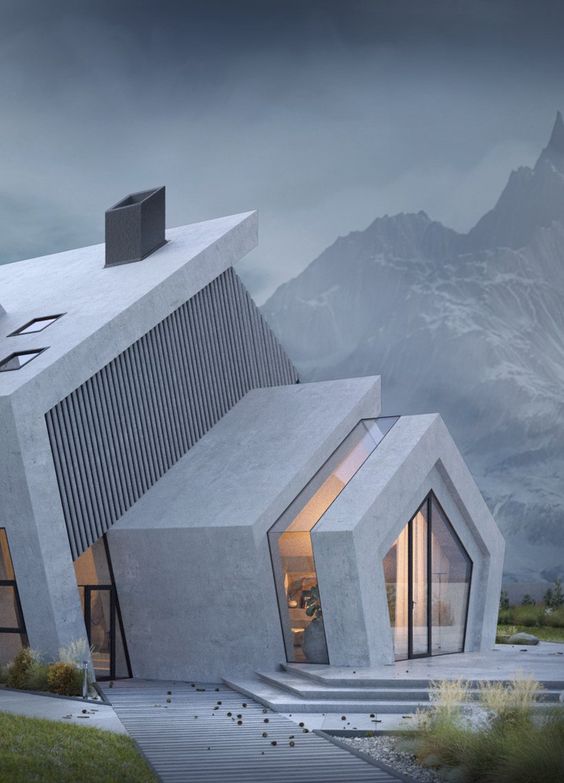
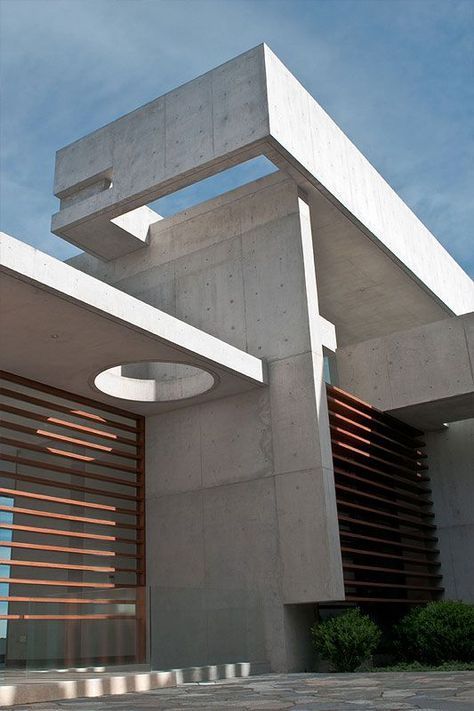
Brutal architecture has resurfaced in discussions around urban landscapes, preservation, and housing solutions. The movement confronts issues tied to urban decay, the need for affordable housing, and the importance of preserving historical structures while adapting them to modern needs.
Preservation Efforts and SOS Brutalism
Organizations like SOS Brutalism emphasize the significance of preserving brutalist architecture. They offer a platform to document and advocate for these structures, recognizing their historical and aesthetic values. Efforts focus on raising awareness of the designs that characterize this architectural style.
Many brutalist buildings face neglect and potential demolition due to changing urban landscapes. Preservationists argue for adaptive reuse, where these structures can be integrated into new developments. Emphasizing their cultural significance can foster community support to maintain these landmarks.
Dealing with Urban Decay and Reimagining Spaces
Urban decay presents a challenge for cities housing brutalist architecture. As neighborhoods evolve, some buildings fall into disrepair. This deterioration often reflects broader socioeconomic issues within urban environments.
Innovative approaches are necessary to address these challenges. Reimagining brutalist spaces can transform them into functional, vibrant parts of the city. Community involvement in design processes helps ensure that adaptations meet local needs while preserving architectural integrity.
Affordable Housing and the Role in Today’s Cities
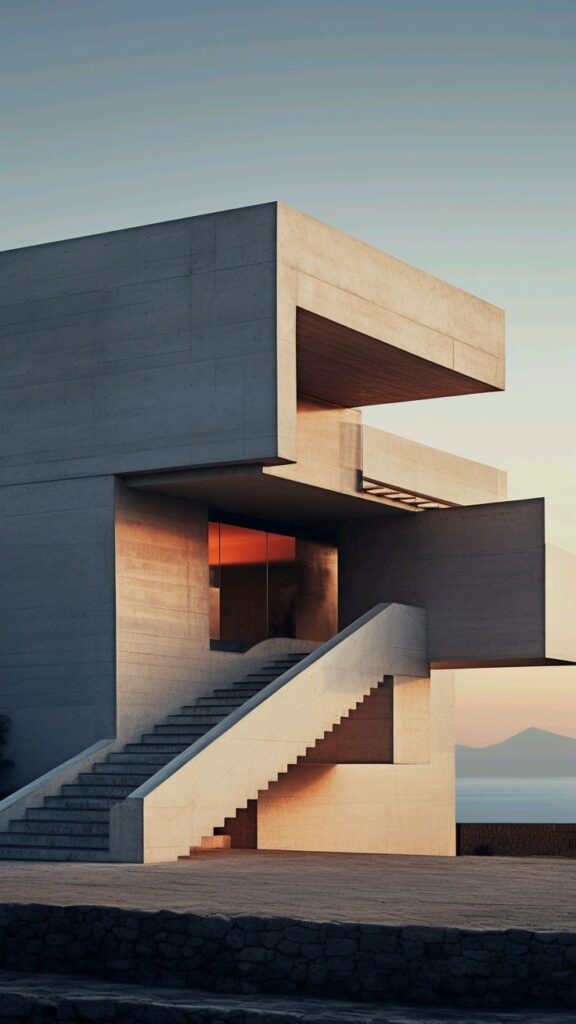
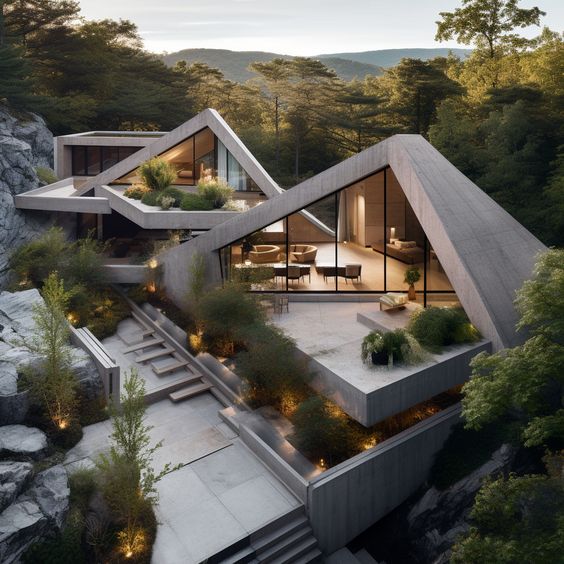
The conversation around affordable housing increasingly intersects with brutalist architecture. Many cities are exploring how these structures can be redeveloped into affordable living spaces. Their massive forms lend themselves to conversion into multi-family units or community hubs.
Addressing housing crises through brutalism provides a unique opportunity. These buildings often occupy prime locations, making them valuable assets for urban renewal. By retrofitting and repurposing such structures, cities can create affordable housing options while enhancing the urban fabric.
This approach highlights the potential of brutalism as a resource in addressing contemporary challenges within urban settings.
Comparative Analysis with Other Architectural Styles
Brutalist architecture stands distinct among various architectural movements. It shares, contrasts, and often reacts to styles such as the International Style, Mid-Century Modern, and Functionalism. Each of these movements brings unique characteristics that highlight the attributes and intentions behind Brutalism.
International Style and Constructivism
The International Style prioritizes minimalism and functionalism with sleek lines and open spaces. It focuses on the use of glass and steel, creating transparent, airy structures. In contrast, Brutalism often features raw concrete and heavy forms, reflecting a more expressive and robust outlook.
Constructivism, emerging from early 20th-century Russia, emphasizes social purpose within architecture. Like Brutalism, it embraces industrial materials and geometric forms, aimed at revolutionizing society. However, while Constructivism often seeks dynamism, Brutalism’s solidity emphasizes permanence and a connection to human experience.
Contrast with Mid-Century Modern Architecture
Mid-Century Modern architecture celebrates organic shapes and integration with nature. It employs warm materials and large windows, promoting light-filled environments. Brutalism, contrastingly, embraces an unrefined aesthetic, leaning towards starkness and an imposing presence.
Brutalism’s concrete finish often invokes a sense of durability, while Mid-Century Modern focuses on warmth and approachability. The emotional resonance of materials diverges as well; Brutalism’s rough textures aim for a visceral connection, while Mid-Century Modern emphasizes comfort and harmony with the surroundings.
Functionalism and the Shift from Aesthetics
Functionalism prioritizes utility over aesthetics, a principle that resonates with both Brutalism and other modern architectural styles. However, Brutalism diverges by imposing a bold, graphic presence that demands attention. This contrasts with the more subdued design ethos of pure Functionalism.
Brutalist structures often display a sense of monumentality and purpose. Their aesthetic, while functional, explores form through an unrefined lens. In contrast, traditional Functionalism might avoid emotional engagement, seeking only efficient solutions through architectural design. This divergence marks a fundamental difference in intent and expression within the architectural continuum.
Brutalism in Popular Culture and Media
Brutalism has made a significant impact in popular culture and media. Its stark, raw aesthetic resonates in various forms of artistic expression.
Architecture in Film and Television
Many films and shows utilize brutalist structures to evoke a sense of dystopia or emotional starkness. Notable examples include:
- “Blade Runner” – Features iconic brutalist buildings that enhance the film’s futuristic setting.
- “The Concrete Jungle” – Uses the style to reflect urban life’s harsh realities.
Advertising and Branding
Brutalist design elements often find their way into advertising campaigns, emphasizing authenticity and endurance. Brands may align themselves with the characteristics of strength and functionality associated with this architectural style.
Photography and Art
Photographers frequently capture brutalist structures, showcasing their geometric forms and textural contrasts. Exhibitions often highlight how such architecture can evoke deep emotions.
Video Games
Brutalist architecture is present in various video games, creating immersive environments. Titles like “Dark Souls” and “Half-Life” incorporate these designs to build moods of isolation and challenge.
The representation of brutalism in media reflects broader cultural trends. It often instigates discussions about the perception of built environments and their emotional impact on individuals.
- 301shares
- Facebook0
- Pinterest301
- Twitter0
- Reddit0

